What Machine Can Remove Salt From Seawater?
Freshwater resources play a vital role in the development of human society. According to USGC statistics, only 2.5% of the world’s water resources are freshwater, and most of the freshwater is sealed in ice or underground. Only 1.2% of the surface freshwater is used to maintain the survival needs of humans, animals, and plants. In the face of the extreme shortage of freshwater resources, converting seawater into drinking water is a very effective solution.
“
Without water, there would be no living things. Without the blue ocean, there would be no
”
——American oceanographer Dr. Sylvia Earle
Main Technologies for Converting Seawater into Drinking Water
Seawater desalination is not a new concept. Especially for some arid, semi-arid, island, and coastal areas, local economic development is also highly dependent on seawater desalination as a solution.
The main technologies for converting seawater into drinkable water include reverse osmosis (RO), electrodialysis (ED), distillation, including multi-stage flash (MSF) and multi-effect evaporation (MED), solar-driven desalination technology, redox flow desalination (RFD), carbon dioxide-driven desalination technology, and rapid desalination technology based on special materials.
Among them, reverse osmosis (RO) water purifier is the main solution for large-scale commercial seawater purification in the world, and it is also the most advanced seawater desalination technology recognized internationally to date.
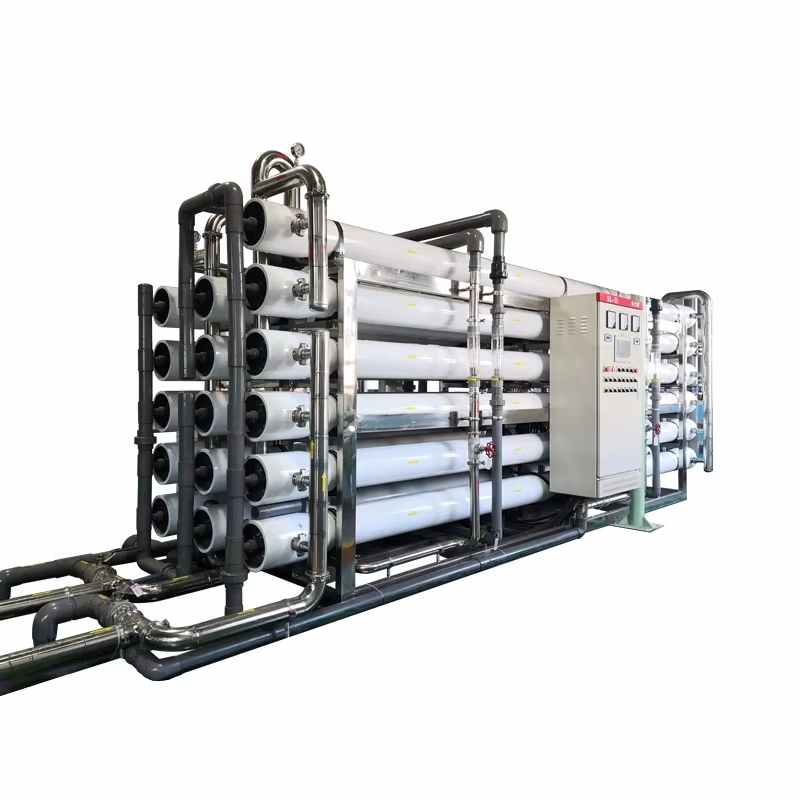
What Is The Process Flow of Reverse Osmosis Seawater Desalination?
In general, its basic process flow can be summarized into the following three steps:
1. Pretreatment of raw seawater: The main purpose is to remove impurities such as suspended solids, colloids, organic matter, microorganisms, etc. in the water to protect the reverse osmosis membrane from pollution and damage
2. High-pressure pump pressurization: Only through high-pressure pump pressurization can the pretreated seawater enter the reverse osmosis equipment under a pressure higher than the natural osmotic pressure, thereby achieving the separation and desalination of seawater
3. Reverse osmosis (RO) membrane separation: Its core is the thin film composite (TFC) membrane, which ensures stable operation and has high separation performance. Water molecules pass through the semi-permeable membrane, while salt and other impurities are intercepted, achieving desalination.
Advantages and Cases of Reverse Osmosis in Seawater Desalination
Reverse osmosis desalination technology has significant advantages in the field of seawater desalination, as follows:
- Low energy consumption
- High desalination rate, up to 99%.
- The effluent water quality is high.
- Small footprint.
- Simple operation and maintenance.
- It can be applied to various waters.
In terms of cases, some desert countries in the Middle East are highly dependent on reverse osmosis desalination technology.
For example, Saudi Arabia is the country with the largest amount of seawater desalination, producing about 1.4 million cubic meters of desalinated water every day, and it also has the world’s largest desalination plant.
The Saudi Rabigh Phase III seawater desalination project, established by the EPC general contracting of Shandong Electric Power Construction No.3 Company, a subsidiary of Power Construction Corporation of China, is the world’s largest single reverse osmosis seawater desalination project.
Israel’s Ashkelon seawater desalination project is also a typical success story. In addition, the desalination project on Australia’s Golden Coast also uses reverse osmosis technology.
Why Aren’t There More Reverse Osmosis Desalination Plants?
Reverse osmosis still faces many challenges in seawater desalination. For example, the high cost of reverse osmosis membrane materials leads to increased operating costs, membrane fouling and scaling problems, and limited membrane life, which limits the economic feasibility of its long-term application.
However, as the main technical means to convert seawater into drinking water, reverse osmosis technology is believed to overcome these challenges through continuous improvement and innovation, and further enhance its application effect in seawater desalination.
For more information about well water purification equipment, please get in touch with our MingMo water treatment equipment experts!



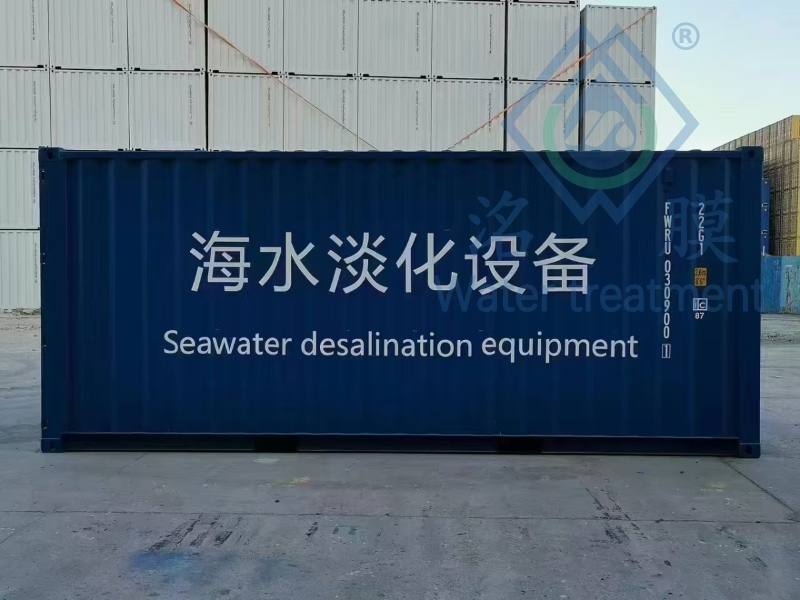 Containerized Seawater Desalination System
Containerized Seawater Desalination System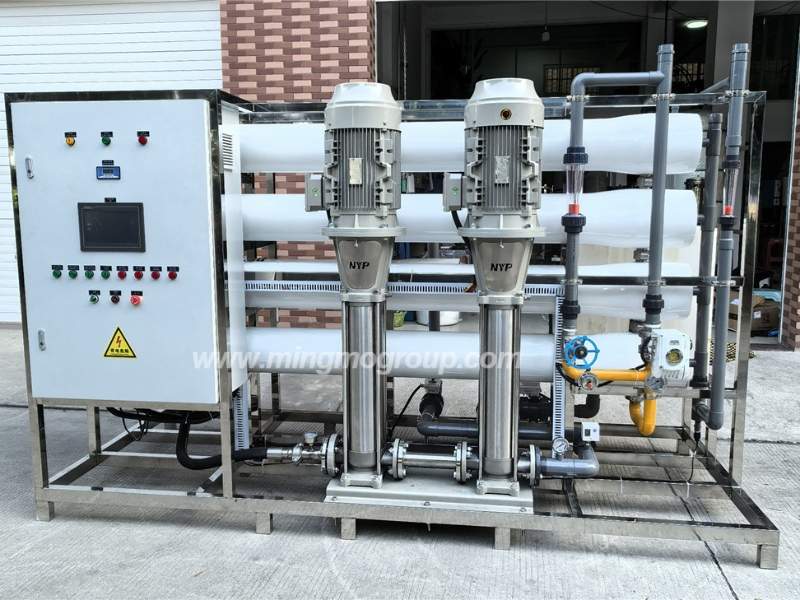 Seawater Desalination System
Seawater Desalination System Small/Marine Watermaker Systems
Small/Marine Watermaker Systems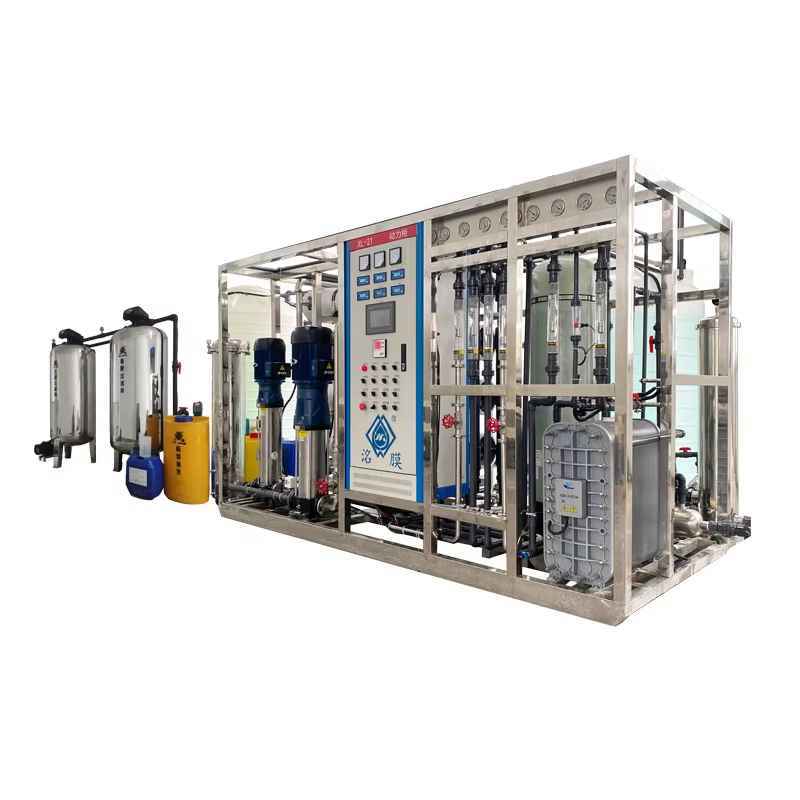 RO+EDI Ultrapure Water System
RO+EDI Ultrapure Water System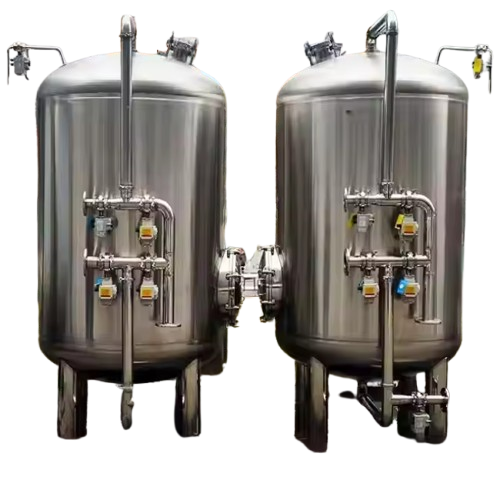 Media Filter
Media Filter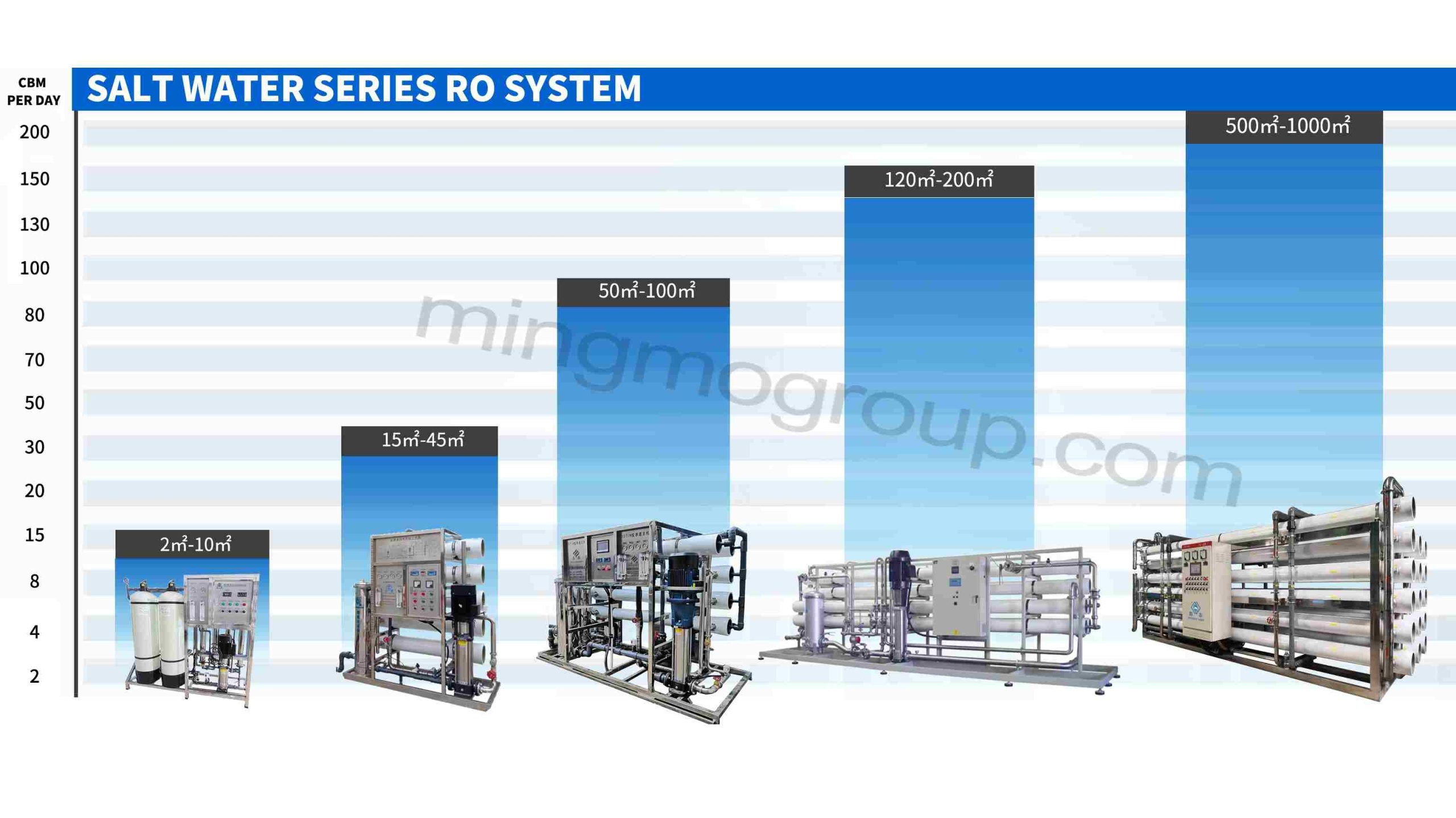 Brackish Water Reverse Osmosis Treatment System
Brackish Water Reverse Osmosis Treatment System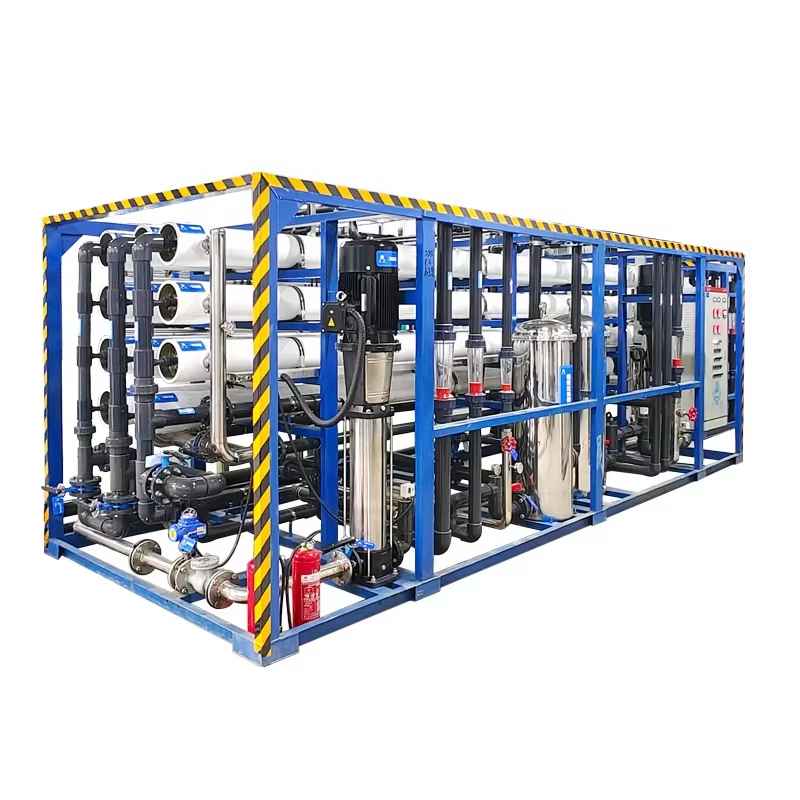 Large RO Desalination Machine
Large RO Desalination Machine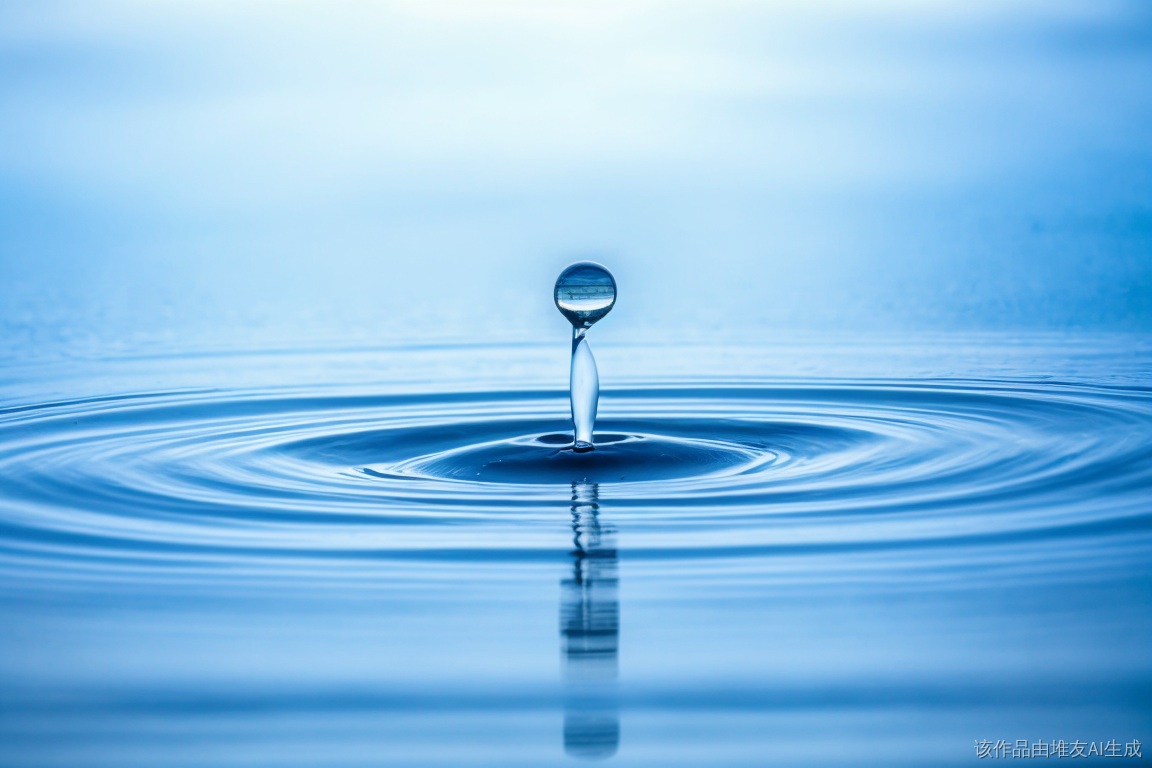 Ultrafiltration System vs. Reverse Osmosis System: Which One Should You Choose?
Ultrafiltration System vs. Reverse Osmosis System: Which One Should You Choose?